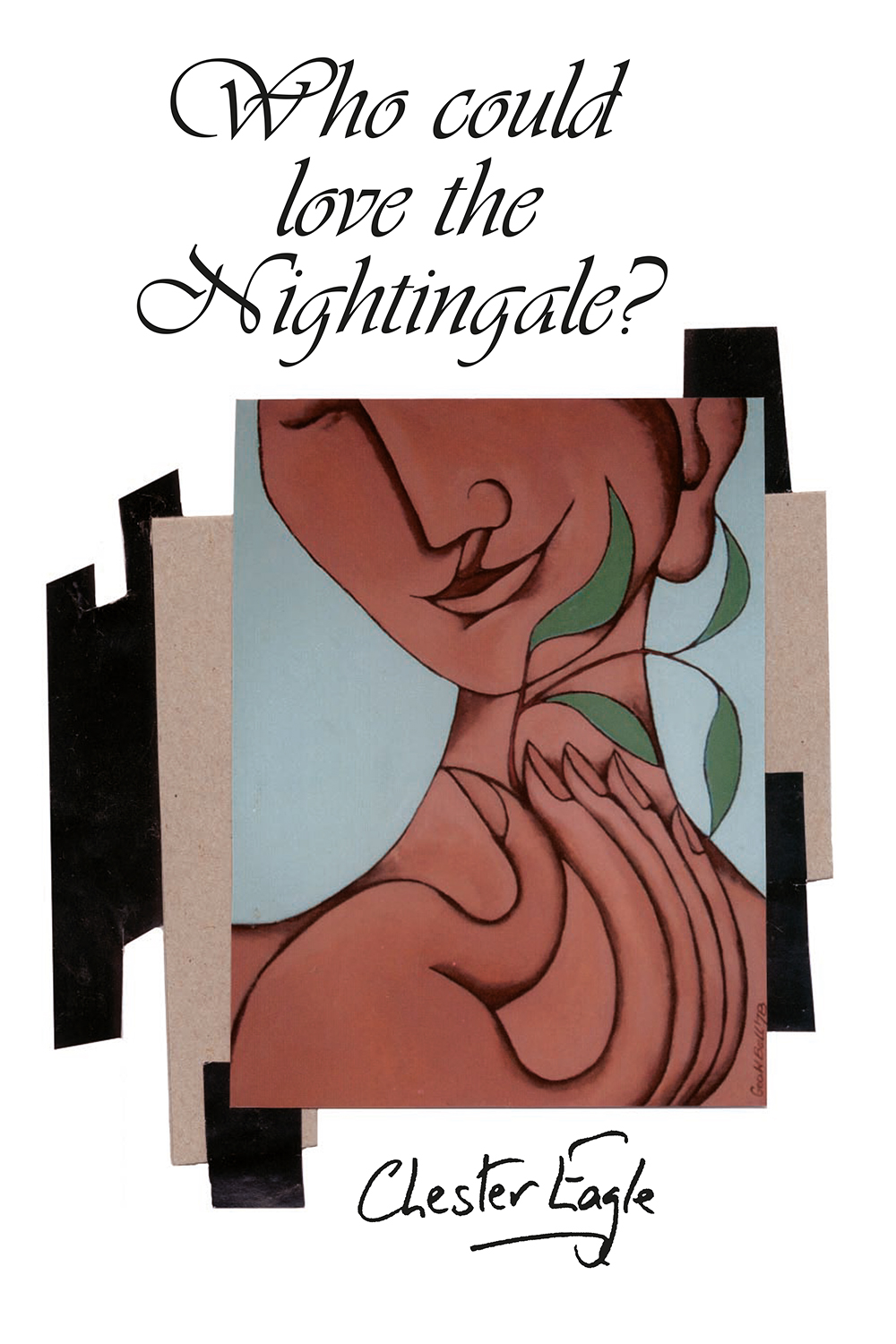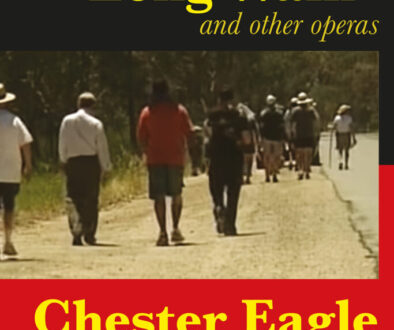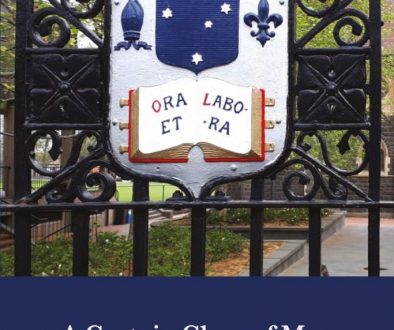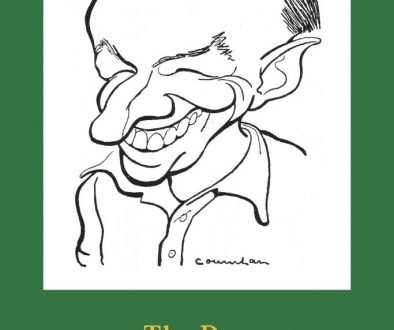Who could love the Nightingale?

The time is 1971. The places are Melbourne, Sydney, and the tract of land between the Murray and Murrumbidgee Rivers.
This is a novel about personality and how personality is shaped by place and period. It is also a novel of poignant human relationships: Edward Le Rossignol, the nightingale who won’t allow his personality to be squashed flat and dull. Margaret Ward, a beautiful young art teacher who has yet to develop her own personality remote from her wealthy family and associates, turns to Edward.
Their affair develops gradually – not a love relationship in the ordinary sense of the word, but an elaborate, intricate affair of vital importance to them both. As awareness of each other’s personality grows, the reader is carried along, not merely as observer but as participants, committed to the characters. We become aware of a richly inflected medium, full of cross references, conveying the inner and outer lives of the characters who gain their full reality and stature at the moment of leaving the action, rather like a piece of music which is completed not by the last sounds but by the haunting echoes and reverberations left in the mind.
Written by Chester Eagle
Edited by Hilary McPhee (William Heinemann)
Designed by Wren Publishing
First published in 1973 by Wren Publishing
3,036 copies printed
Circa 146,000 words
Electronic publication by Trojan Press (2006)
The writing of this book:
As a result of publishing my first book in 1971 I applied for a one year grant from the Literature Board (now known as the Australia Council) and was a little surprised to get it. Six thousand dollars. It was less than I earned from teaching but it would keep us comfortably enough. For the first time I didn’t have to go to work in the mornings but could settle at my desk. Mary, my wife, went to the university and I had the children for most of the daylight hours, and this turned out to be a blessing I hadn’t expected. I grew very close to my son and daughter in a way that wasn’t available to most men in the old pattern of men working, women keeping house. It wasn’t long before I could pick very easily those men who were truly close to their children and those who pretended to be, or blustered at them. I knew I was lucky. My first book had been a man’s book, but this second one was the beginning of the development of the feminine side of my nature, though there was a long way to go before this could be said to have been achieved.
I set the novel in the area of southern New South Wales where I had grown up, and I made it the story of a young woman who had one year in a little town, teaching. She was loved by, and eventually came to love, a quaint, older man, not well understood by his townsfolk: the Nightingale of the title. Who could love Edward Le Rossignol? Margaret loves him and leaves him because she’s going back to Sydney, richer for having been loved, poorer for putting behind her a powerful experience. I’m not quite sure what I was doing in writing this book, though I’m fond of it when I pick it up. Its style of writing isn’t my style of today, but it was and is a step on a path that had to be taken. One feature of the book that I admire for its boldness, though it certainly adds to the book’s difficulty, is that I allow five of the characters a voice of their own. That is to say, there is a conventional narrator, who has the last word on everyone except the central five characters who have the right, if that’s the word, to speak for themselves as well. This gives the book an inner-and-outer character which I’ve never attempted again, though I found it easy to do and was happy with the results at the time. The book is, I suppose I have to say, a step on the way to somewhere else but, looking back, I’m pleased to see myself trying to get a male/female, inner/outer balance which didn’t come easily from the world I’d grown up in.
The book ends with Margaret Ward, the young art teacher from a wealthy family, returning to Sydney on a train, after a year away, grateful to Edward Le Rossignol for having helped her find herself, establish that inner order which is the only remedy for the world’s chaos. Rereading the book’s ending, I feel, today, that I was finding myself through Margaret’s finding of herself, and that her return to Sydney is my arrival in the world that I would shape, and create, by the writing I was going to do.
The book didn’t make much of a stir. It was published by Dennis Wren who had by then been pushed out of William Heinemann because he’d been doing too many Australian titles for the liking of his masters back in London. I followed Dennis because I felt loyal to him, but he didn’t have enough of the marketing machinery that commercial publishers need, and was operating on borrowed money. More of this in relation to my next book, Four faces, wobbly mirror.



